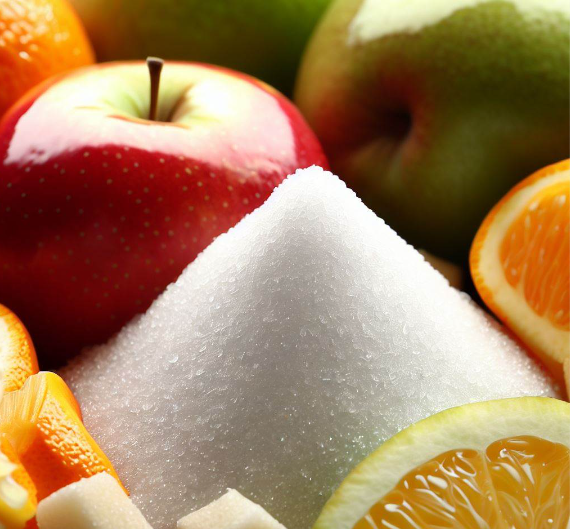Do you ever think about what happens to banana peels after you throw them away? Can they decompose by themselves and go back to nature, or do they linger for a very long time, adding to our pollution problem?
In this detailed article, we will look at whether banana peels can biodegrade and learn about their effects on our planet. So let’s start unravelling the truth about the fate of those tossed-out banana peels!
Knowing if something can biodegrade is really important for dealing with garbage. If something is biodegradable, that means it can be broken down by nature into simple, safe parts over time. This can make it less of a problem for the Earth. We’ll see how this is true for banana peels, which can be important when we think about how to get rid of them and maybe use them in good ways.
Table of Contents
- Can Banana Peels Break Down on Their Own?
- What’s Inside a Banana Peel?
- What Affects How Banana Peels Break Down?
- How Do Banana Peels Biodegrade?
- How Long Does It Take for Banana Peels to Biodegrade?
- Do Banana Peels Break Down the Same Everywhere?
- Good Things About Banana Peels Breaking Down
- Other Ways to Use Banana Peels
- Challenges with Banana Peels Breaking Down
- Finding Better Ways to Use Banana Peels
- Clearing Up Myths About How Banana Peels Rot Away
- How Banana Peel Trash Affects Our Planet
- How to Handle Banana Peels in a Good Way
- Ending Thoughts
Can Banana Peels Break Down on Their Own?
Yes, banana peels are biodegradable. Over time, tiny organisms can make them break down, which is better for the planet. If we throw them out the right way, like by composting them, this can happen faster, and we can also put their nutrients back into the soil.
What’s Inside a Banana Peel?
To figure out how banana peels can biodegrade, we need to look at what they are made of.
Banana peels have different organic things in them like cellulose, hemicellulose, and lignin. These things form the peel’s structure and shape how it feels when you touch it.
They also have nutrients like potassium, phosphorus, and magnesium, which can be great for plants and dirt.
What Affects How Banana Peels Break Down?
Certain things can change how quickly banana peels biodegrade.
Things like temperature, water, the tiny organisms that break down the peel, and whether there’s oxygen around all matter a lot. They decide how fast and well the banana peels can break down.
Hotter places and more water usually mean banana peels can biodegraded faster because these conditions help small life forms grow and work better.
How Do Banana Peels Biodegrade?
If you put a banana peel somewhere it can actually break down, like a pile of compost or just out in nature, a lot of living and chemical things happen.
First, tiny life forms like bacteria and fungi will start living on the peel. They make special things called enzymes that help turn the organic bits of the peel into easier to handle sugars, while the harder to break down parts like lignin change more slowly.
How Long Does It Take for Banana Peels to Biodegrade?
The time needed for banana peels to become part of nature again can be different based on a lot of things, like where they are and how big they are.
Usually, it can take from a few weeks to several months for banana peels to completely break down in the wild. But if you put them in compost that you take care of properly or if they’re in really good conditions, they might biodegrade a lot quicker – sometimes in just a couple of weeks.
Do Banana Peels Break Down the Same Everywhere?
Banana peels don’t biodegrade the same way in different places. If you add them to a composting system at home, where you keep an eye on your organic waste, they can break down pretty quickly.
The heat in a compost pile, along with stirring it up and keeping it a bit wet, makes a perfect place for things like banana peels to break down.
But if banana peels end up in a landfill, they don’t break down so well. Landfills try to keep garbage away from air and water, which makes it tough for things to decompose, so it might take really long – years, even – for banana peels to biodegrade there.
In a natural place, like a forest or a field, banana peels will eventually become part of the Earth again, since there are lots of tiny life forms in the soil and they have access to air and water. They also help to cycle nutrients back to the environment by giving back what they had in them.
Good Things About Banana Peels Breaking Down
When banana peels break down, they can do good things for the world and for us.
Their nutrients go back to the dirt as they decompose, which can make plants grow better and reduce the need for man-made plant food.
Also, if we keep banana peels out of landfills by composting them instead, we can cut down on how much trash we send to those places. This can help lower bad gases that go up into the air and make the waste problem a bit smaller.
Other Ways to Use Banana Peels
Banana peels aren’t just for compost – people are coming up with neat ways to use them!
They can be made into a kind of plastic that’s better for the Earth than the usual kind we get from oil. They can also be turned into natural fertilizers that help crops grow and keep the soil in good shape.
They’re even being looking into as food for animals. The nutrients and fiber in banana peels might be good to add to what animals already eat, and it could help us not rely so much on traditional animal food.
The people who make clothes are also interested in banana peels. They’re trying out ways to take the fibers out of the peels and turn them into cloth materials that don’t harm the environment, making them a cool alternative to the usual fabrics.
Challenges with Banana Peels Breaking Down
Even though there’s a lot of good that can come from banana peels breaking down, there are still some problems and things we have to watch out for.
Breaking down banana peels in a way that works for lots of them at once can be tricky. When just a few peels rot away, it’s not hard, but when we need to do this on a large scale for businesses, it’s a whole different story. We have to think about how much it will cost and what kind of new methods we might need.
There also needs to be the right setup so we can get these peels to break down well. It’s about having places like compost heaps, worm composting setups, or special tanks where there is no oxygen, and also being able to pick up and carry peel scraps.
Finding Better Ways to Use Banana Peels
If we want to take care of banana peels in a smart, earth-friendly way, we’ve got some good options. Composting is one, either in your garden or at larger community spots, and this can stop the pees from just being thrown out. Using worms to break down the waste, called vermicomposting, is another good way to go.
Besides that, there’s anaerobic digestion, a fancy way to make banana peels into gas that we can use for energy and a really rich leftover material that’s great for plants. Not only do we get clean energy from this, but we also get some extra goodies that plants love.
Clearing Up Myths About How Banana Peels Rot Away
Some people have the wrong idea about banana peels breaking down. They might think it takes a really long time, like years or even longer. But if the conditions are right, banana peels can actually rot pretty quickly and help the earth by adding good stuff to the soil.
It’s also important to remember that even though banana peels do break down, we shouldn’t just toss them anywhere. The best thing to do is use the right ways to get rid of them, like composting or using services that pick up food scraps.
How Banana Peel Trash Affects Our Planet
Not throwing away banana peels the right way can cause problems for nature. If they’re left in places like parks or woods, they could mess with the balance of those areas and be bad for the creatures living there. In water, they can make things even worse by using up the oxygen that fish need.
If banana peels get into lakes or rivers, they could cause pollution. When peels rot in water, they use a lot of oxygen, which might leave not enough for fish and other water animals. This can really hurt these creatures.
How to Handle Banana Peels in a Good Way
For us to take care of banana peels in the right way and not harm the planet, everyone can do a few things:
- Backyard or Community Composting: Compost banana peels at home or use local composting programs to turn them into something that makes the soil better and helps plants grow.
- Vermicomposting: Check out vermicomposting, where worms help break down peels and other kitchen scraps into really rich material for gardens.
- Educating Others: Let people know that banana peels can break down easily and why it’s important to get rid of them the right way. Help them learn how to compost and take care of peels.
- Find New Uses: Get creative with peels. They can feed plants or even help your skin because they are moist.
- Push for Better Practices: Encourage your friends and area to do better with waste, like supporting places that focus on composting and recycling.
By trying these ideas, we can keep our surroundings clean, cut down on waste, and use banana peels in ways that help us and the earth.
Ending Thoughts
Banana peels can rot away and become part of the ground again, which is great for dealing with trash and helping the planet. As they break down, they give good stuff back to the earth that makes it even better for growing plants. Banana peels have lots of uses, like in making bioplastics, natural plant food, animal feed, and even materials for clothes.
Still, we have to be smart about throwing away banana peels. If we compost or have them picked up as organic waste, we make sure they’re taken care of properly. This avoids hurting the environment and follows good, green habits.
So next time you eat a tasty banana, think about its peel and make a choice that’s good for the earth. Let’s all do our part for waste management and work towards a cleaner world!
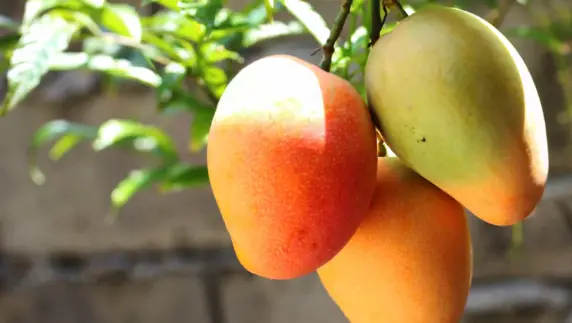
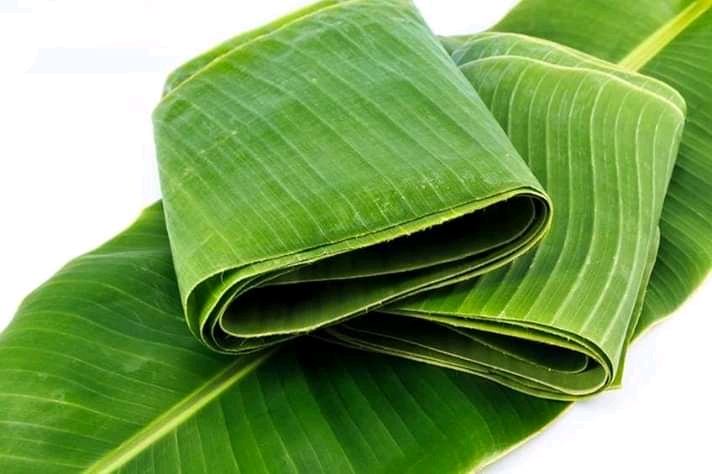
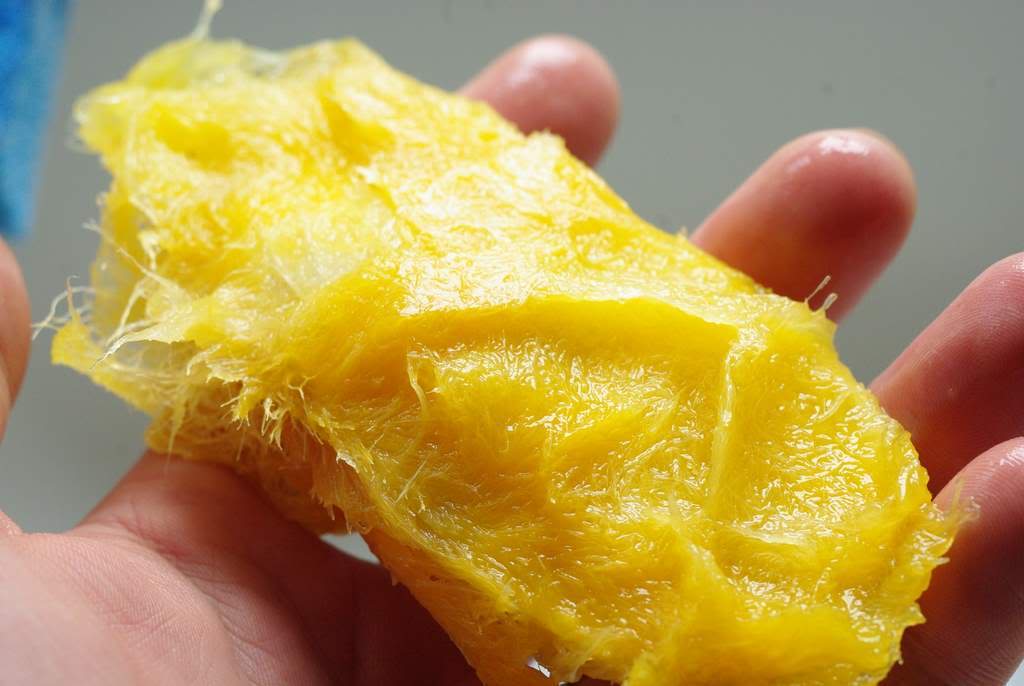
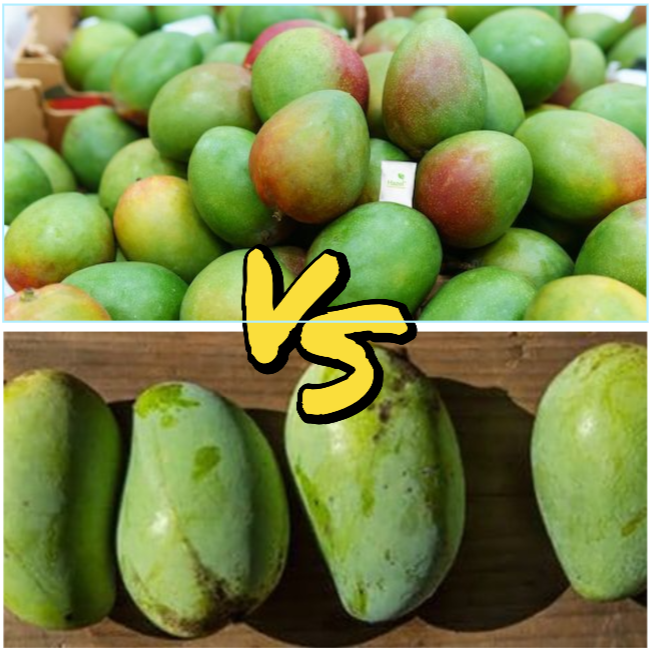
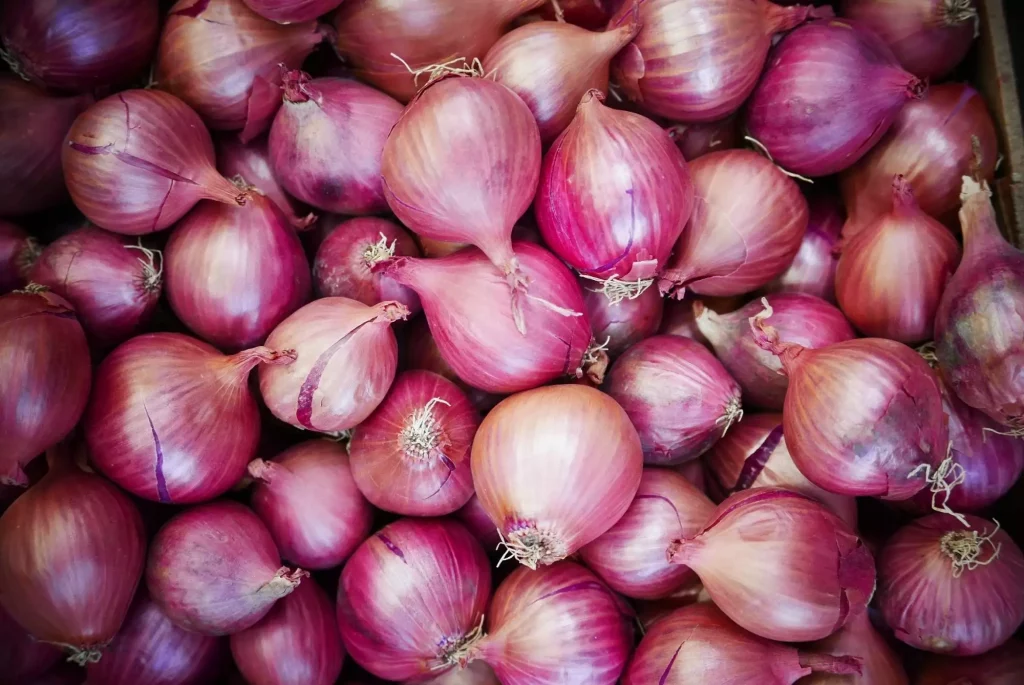
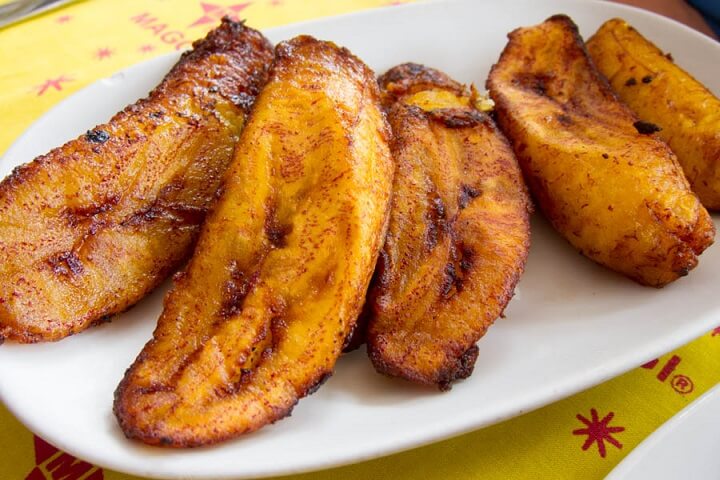
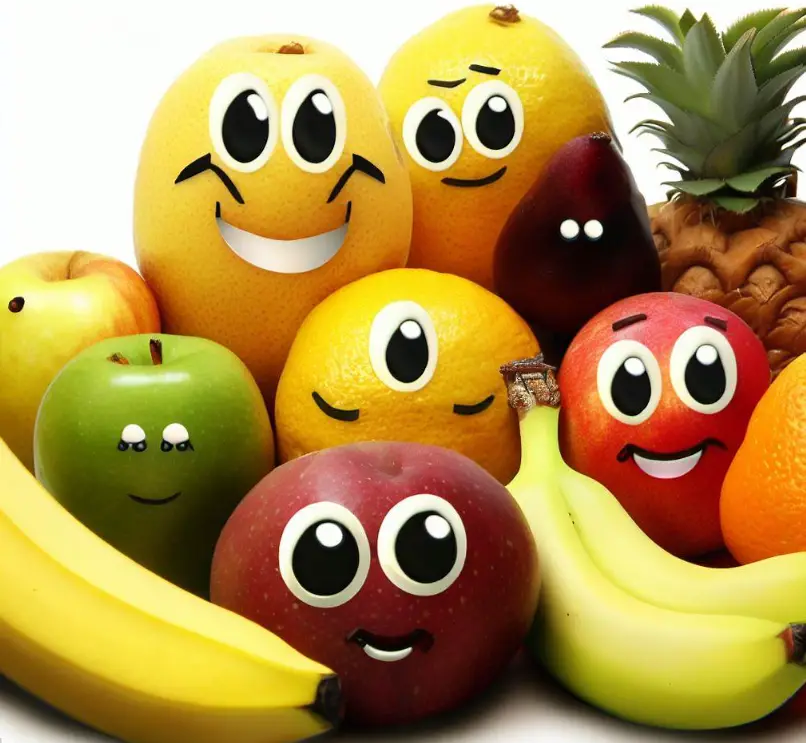
![What Is the National Fruit of Korea And Why? [ANSWERED]](https://fruitonix.com/wp-content/uploads/2023/04/What-Is-the-National-Fruit-of-Korea-And-Why-1024x683.jpg)
